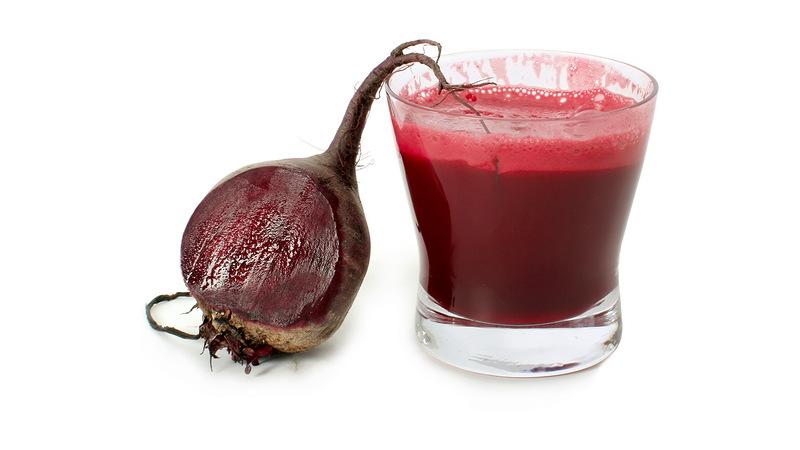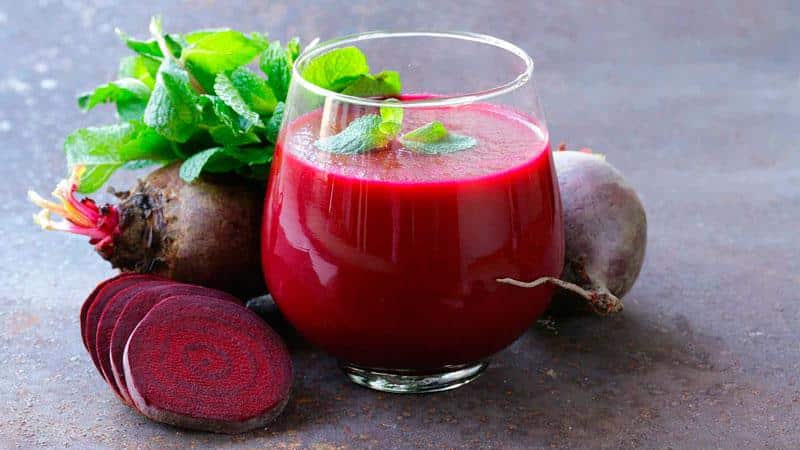Beetroot juice for sinusitis: choose a recipe and use it correctly
Sinusitis is an insidious and dangerous disease. The maxillary, or maxillary, sinuses are located below the eyes on both sides of the nose. Inflammation of at least one of them leads to this unpleasant disease, which affects both adults and children. The number of cases increases during the cold season. The weakening of the immune system in the autumn-winter period leads to the fact that bacterial and viral flora more easily penetrate the body and actively multiply in it.
There are a number of medications, mainly penicillin and tetracycline antibiotics, which effectively kill pathogenic flora. But treatment becomes more effective in combination with unconventional methods. One of these auxiliary ways to combat various sinusitis, including sinusitis, is the use of beet juice. Let's look at how to prepare and use folk medicine.
Using beet juice for sinusitis
One of the effective methods of traditional medicine in the treatment of sinusitis is instillation of beetroot juice into the nose. It is effective in the initial stage of the disease. Beetroot juice, thanks to its vitamin and mineral composition, accelerates the regeneration of damaged tissues and has local anti-inflammatory and bactericidal properties. Also, the fight against bacteria is facilitated by a general increase in immunity when using this product.
Reference. The use of drops or a solution for rinsing the nasopharynx based on beets is allowed for pregnant women and children.
Cautions:
- Freshly squeezed, concentrated beet juice can cause a burn to the nasal mucosa. To avoid this, the juice is left in the refrigerator for 2-3 hours and diluted with water before instillation.
- Before first use, especially in young children, carry out a test for allergic reaction.
- Treatment with traditional methods is carried out with the agreement and under the supervision of the attending physician.
- Beetroot juice therapy becomes more effective when combined with drug treatment.

Folk recipes for sinusitis based on beet juice
Table varieties are used for medicinal purposes. beets without white fibers, inclusions and veins. Root vegetables are pre-washed under running water and peeled. Let's look at various recipes and methods for treating sinusitis.
Instillation of beet juice
Freshly squeezed beet juice, left for three hours in the refrigerator, is heated to a temperature of 35-36 degrees and diluted with boiled or filtered water in a ratio of 3:1 (3 parts water, 1 part juice). Treatment lasts 6-7 days.
Dosage and application regimen:
- children under 6 years old – 1-2 drops of solution 3-4 times a day;
- adults and children over 6 years old – 3-4 drops 3-4 times a day.
Beetroot drops with honey
The beneficial properties of honey enhance the effectiveness of treatment. This is a proven, effective method of treating sinusitis of various etiologies. Eight parts of juice are mixed with one part of honey. Drip for 5 days 3-4 times a day.
The resulting composition is used in the same way as a solution for rinsing the nasopharynx and gargling.
Roasted Beet Juice
Medium sized root vegetable baked for 40 minutes in the oven at 180 degrees.From a baked vegetable, juice is obtained manually or using a juicer, which does not require dilution with water, unlike raw juice.
Place 6-7 drops in the nose for adults, 2-3 drops for children in each nostril for a week. To achieve the maximum effect of treatment, after the procedure dry heat is applied to the bridge of the nose for 25-30 minutes.

Fermented beet juice
The juice obtained from root vegetables is left for 3 days in a warm, dark place so that it begins to ferment. After this, it is used as drops: 2-3 drops in each nasal passage 3 times a day for five days. The medicine has a mild effect on the mucous membrane.
Compresses for the nasal mucosa
Instillation into the nose can be alternated with beetroot compresses.
To do this, cotton swabs (turundas) are moistened in freshly squeezed heated juice and inserted into the nostrils. The procedure time is 15-20 minutes, carried out 3 times a day.
Frequency and duration of use
Beetroot juice is not addictive. Its use is allowed for each relapse of the disease, as well as for prevention. The product is injected with a pipette, a few drops into each nostril. Before the procedure, the nasal passages must be cleared of mucus to increase the effectiveness of treatment. The course of therapy lasts from five to seven days.
Reference. We remind you that treatment with folk remedies is an aid to basic drug therapy, without which complete recovery will not occur.

Contraindications
People with peptic ulcers and urolithiasis, as well as those prone to allergic reactions, should be treated with beet juice, which involves taking the drug orally, with great caution. This treatment is not suitable for children under three years of age.
When using beet drops, unpleasant symptoms may appear:
- dryness;
- burning;
- difficulty breathing;
- increased amount of mucus discharge;
- temperature increase;
- lethargy.
If they occur, immediately stop using the folk remedy and consult a doctor for advice.

Reviews
In reviews of the use of beetroot juice in the treatment of sinusitis, pay special attention to the fact that everyone says the same thing: you cannot be treated with this method alone, you must take the main medications prescribed by your doctor.
Anastasia: “It was going to be a puncture. And so I dropped some beetroot juice and went to rinse my nose, and, OH A MIRACLE! THINGS GOT GOING AND THE Snot (I’ll say it in Russian:)) STARTED COMING OUT!!! Before this, nothing helped at all, but now! And such happiness! 🙂 Seriously, comrades, I didn’t think that I would ever be so glad to see my snot!!! Sorry for the details, but this is the topic. And I would like to see just such a review, with details, when I was sick and was looking for a good, effective remedy for sinusitis. SO EVERY DAY I STARTED PICKING BEET JUICE, fresh, of course. It’s as if it DRAWS EVERYTHING OUT AND REMOVES THE SWELLING when there was no time to grate the beets, it didn’t drip and I noticed that nothing came out. Although I also took a bunch of medications.”
Alexander: “I was just looking for a way to treat sinusitis. And beet juice really helps with rhinitis and sinusitis, especially in combination with honey. I treated myself with it, it helped!”
Lyudmila: "Juice fresh beets you need to put it in a cool place and wait until it “gets dirty” - a white dense film appears on the surface. Then they can drip their nose. In some cases it helps, but the fact is that just a runny nose - there is NO such disease.There are different causes of a runny nose, and medications should be selected accordingly.”
Conclusion
Each person chooses their own convenient and effective treatment methods. When medications prescribed by specialists do not help much, many begin to resort to traditional medicine, proven over the years. We looked at one of these methods of treating sinusitis. Having calculated for yourself all the pros and cons of such treatment, you can decide whether it is right for you or not.